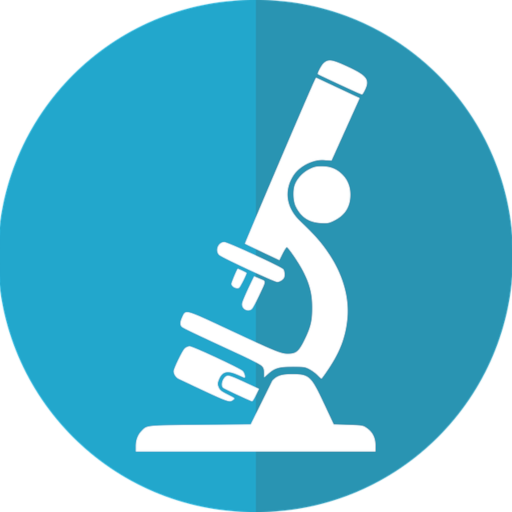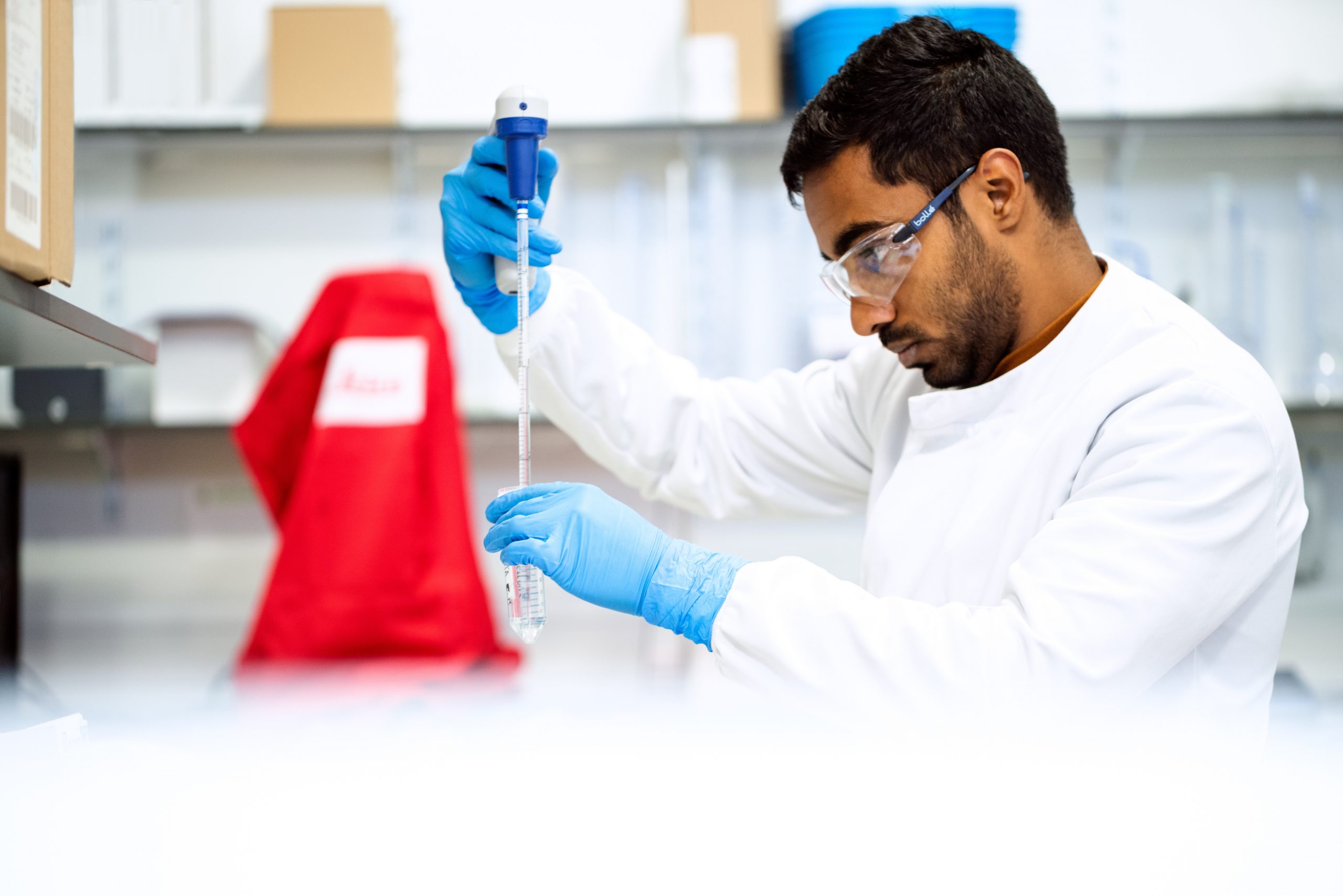Let’s Talk About Safe Cookies
I like to bake goodies. Cookies, brownies, cakes, biscuits – anything that sounds yummy.
When I’m mixing up the ingredients, I make sure the eggs are not expired and I stored them in the refrigerator.
I make sure there aren’t meal worms in the flour. I make sure I am adding sugar and not mistaking salt instead. I make sure I’m using vegetable oil and not motor oil.
I’m not going to take the hot cookie sheet out of the oven with my bare hands. I think you might see where I’m going with this.
I make sure all my ingredients are safe and will not make me, or worse, my friends and family, sick when they eat the goodies I make.
I make sure I don’t burn myself and use potholders to remove the pan from the oven. All of it sounds like common sense.
Likewise, working in a clinical laboratory as a medical laboratory scientist poses safety risks that I need to know.
I also need to know what to do when I encounter those safety risks.
This is all part of an employee’s right to know, according to the Occupational Safety and Health Administration.
It should be part of every lab’s chemical hygiene plan, as well.
I need to make sure my reagents are not expired and that they were stored safely. Did you know that picric acid is explosive if it is vibrated? If you don’t store it in a manner that avoids vibrations from people walking around the lab, or opening and closing doors and drawers, you could cause an explosion.
I need to make sure I don’t contaminate my testing reagents. Other people use them and if I accidentally contaminate them with something that makes the reagent not perform as expected, my coworker could turn out a wrong result. This would be horrible for a patient to be treated based on an incorrect result.
I have to make sure everything I use is labeled. I need to know what I am grabbing and using for my testing. I need to make sure my coworkers have labeled reagents so they use the correct thing when they are testing. Hydrochloric acid and water look the same in a beaker. If you put your hand in the hydrochloric acid, you’ll have a very different reaction than you would if you put it in water.
I have to make sure I use the right kind of reagent. Each test method has its own FDA approved test procedure. I can’t use something from another kit just because it looks similar. It might be a different type of chemical, or it might be the wrong concentration and cause the test perform incorrectly.
I think you get the picture. Just like you would not use rotten eggs to make your cookies, you should not use rotten safety technique working in the clinical laboratory.
Introduction to Biosafety
We’ll be publishing a series of safety blogs this year to explain the numerous and challenging safety principles and regulations. We’ll offer some thoughts on how to ensure compliance for yourself and encourage your coworkers to join you.

I’ll start by discussing biosafety, in honor of SARS-CoV-2, the virus causing Covid-19. Enjoy this fun video called “Don’t Take Your Work Home With You”. https://youtu.be/H1kWM1RpGgo. It illustrates how easily it is for you to come in contact with biological agents and take them home to your family without even knowing.
The Centers for Disease Control and Prevention and the National Institutes of Health published an updated guidance in June 2020. https://www.cdc.gov/labs/pdf/CDC-BiosafetyMicrobiologicalalBiomedicalLaboratories-2020-P.pdf. It’s called Biosafety in Microbiological and Biomedical Laboratories, 6th Edition (BMBL6). I’ll be referencing this publication in many of my safety blogs.
I’ll focus on an introduction to biosafety for this blog.
Biosafety means protecting yourself and those around you from hazardous and/or infectious biological agents, such as viruses, bacteria, fungi, and toxic substances produced by those agents.
The primary way to do that is to contain the biological agent and keep it from getting loose in the lab or beyond. Sounds simple, right?
In theory, it is very simple. Put barriers in place such as goggles, face shield or splash shield to keep it from getting in your eyes, nose, and mouth.
Wear gloves, lab coat, and impervious shoes when working with the agent so you don’t get it on yourself.
Disinfect your work area when you are done.
Throw the gloves away when done. Remove the lab coat and clean it or discard it if disposable.
Disinfect your shoes before you go home, or have a second pair that you wear only in the lab.
Work with your safety coordinator or safety officer to complete risk assessments for each task involving biohazard handling. Use that information to decide what types of barrier protection, also known as engineering controls and personal protective equipment (PPE), to use for each task.
Share the risk assessment findings with your coworkers. Encourage them to use the barrier protection so routinely that they feel naked without it.
Primary Barrier: Safety Equipment
BMBL6 defines primary barriers as physical containment measure(s) placed directly at the level of the hazard.
In the laboratory, this would be when specimens are collected, or when handling specimens potentially containing the biological agent.
Wear gloves, lab coat, and face protection during collection procedures and when handling specimens during testing.
When specimens are open, work behind a splash shield to keep splashes from reaching your face.
When popping caps off blood specimen tubes, use a piece of gauze to contain any aerosolized fluid from the release of the vacuum inside the tube.
Transport specimens inside sealed containers just in case the specimen leaks.
When working in the lab with bacterial, viral, or fungal cultures, work inside a biological safety cabinet (BSC). Use your PPE in addition to working inside a BSC.
Secondary Barrier: Facility Design and Construction
BMBL6 defines secondary barriers designing and constructing a laboratory and its surround building in a way that provides protection of personnel, the surrounding community, and the environment from possible exposure to the hazardous biological agents and toxins.
Infections are spread by aerosols and droplets that contain the biological agents.
Secondary barriers that would help keep these droplets and aerosols from going where they should not include
- Ventilation, such as biological safety cabinets and air handling systems
- Liquid waste decontamination systems
- Controlled access zones to separate the work area from other spaces (anterooms and airlocks, for example)
The goal is to keep air flowing out of the building to constantly sweep biological agents to the outside, and limit the number of people who could potentially be exposed to the agent.
Filter the air on the way out so that the biological agents don’t spread into the surrounding community.
Best Practices and Procedures
In addition to physical barriers to keep biological agents from getting onto you and your coworkers, laboratories must have training for employees that explains the hazards and how to deal with them.
They must determine the best way to handle each task.
A risk assessment for each task will show the weak spots in the process where you can decide what barrier protection to put in place, or if you need to get the construction department involved to install a new BSC or air handler.
Ultimately, lab leadership is responsible for ensuring employees have what they need in terms of knowledge and supplies/equipment to keep themselves safe as they work.
In Summary
How do you stay safe? It’s better to design the process to eliminate the exposure risks, but if that cannot be done:
- Use safety equipment, primary barriers
- Use PPE
- Use safe facility design & construction, secondary barriers
- Use safe practices & procedures
- Train employees to know what the risks are and how to deal with them
Remember, be just as safe in the laboratory as you would be in your kitchen (or more so!!).
You can only make good cookies by using safety processes to ensure you use the best quality ingredients and you don’t drop the cookies onto the floor because you burned yourself.
In the lab, you can only get accurate results and avoid biological agent exposures by following best practices in safety. Wear your PPE and use your safety shields! Be safe!

